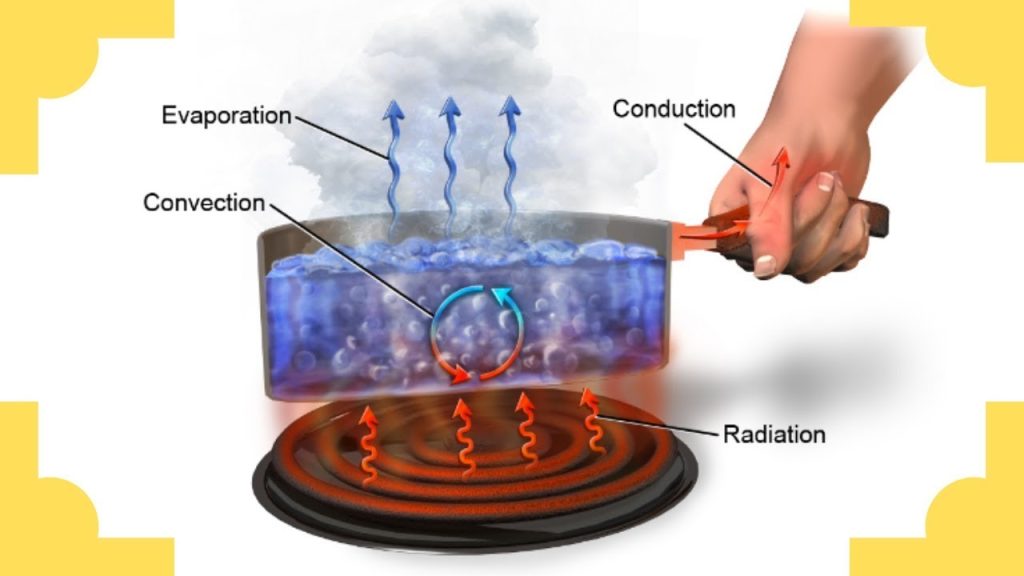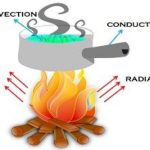This combination is likely to occur with the use of extended surfaces where the primary surface exchanges heat by convection to the adjacent fluid flow and by conduction through the extended surfaces. This case may be considered in a similar manner as the above, but here the problem doesn’t need extra work as the conduction thermal resistance is pre-defined.

Overall Heat Transfer Coefficient The concept of overall heat transfer coefficient laid its importance in the heat exchanger design and industry as it combines the various modes of heat transfer in the heat exchange between two fluids.
The concept of overall heat transfer has been extensively studied in the undergraduate courses of heat transfer and heat transfer equipments, but again for reasons of memory refresh. Let’s examine the defining equation and it parameters.


ηf,h is the hot side fin efficiency. Rf,h” is the fouling factor for the hot side, m2 .K/W. The following table gives values for representative fouling factor for several applications: The heat transfer between to fluids separated by heat transfer area can then be easily calculated as:

The following table shows some values for the overall heat transfer coefficient:



